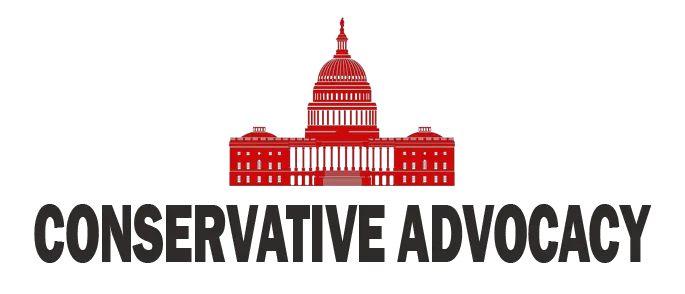The White House has made quite the splash with its new tariff plan, releasing it just hours before a midnight deadline, dubbed Liberation Day 2.0. This fresh set of tariffs has raised rates on a variety of countries, with our friendly neighbors to the north, Canada, feeling the heat the most. Tariffs imposed on Canada have skyrocketed to a hefty 35%, causing a stir in diplomatic circles. President Trump has stated that this move is aimed at getting Canada to step up and tackle the flow of illicit substances crossing the border.
The Canadian Prime Minister is not alone in expressing his disappointment over these new tariffs. Many leaders around the globe, including those from Switzerland and India, are reacting critically. Meanwhile, the U.S. Treasury Department is enjoying a windfall from increased tariff revenues. Still, some are questioning how this approach will affect the job market in the long run. The stock markets have not taken kindly to these developments, witnessing a significant drop as investors brace for an uncertain economic climate. However, officials in the White House remain optimistic, insisting these tariffs are a vital part of getting companies to reinvest in American operations.
The administration asserts that the new tariff rates are designed to fix what’s been dubbed “decades of failed trade policy.” There’s a hope that new agreements will emerge as proof that favorable trade deals are possible. In stark contrast, some critics argue that such tariffs could burden consumers, potentially leading to families shelling out over $2,400 annually due to increased prices. The stakes are high, and the battle lines are drawn, with both sides passionately defending their views.
Turning to a different topic, President Trump has also turned his sights on Federal Reserve Chairman Jerome Powell, whom he appointed during his first term. Recently, Trump has been vocal about his desire for the Fed to lower interest rates. Despite the call for a drop in rates, the Fed has remained hesitant, much to Trump’s frustration. The White House has made it clear that firing Powell isn’t on the table, but the pressure is palpable. If rates do not decrease by September, many are left wondering what consequences Powell may face.
In the bigger picture, many experts are weighing in on how President Trump’s decisions related to tariffs and interest rates are shaping the overall economic landscape. The early signs indicate that under Trump’s leadership, revenues and earnings are on the rise, with the administration focusing on making it easier for businesses to thrive. Supporters argue that less government interference allows private industry to drive growth. However, critics argue that the tariffs are inadvertently impacting consumers who wish to enjoy affordable goods.
With the stakes continually increasing, the outlook remains uncertain. The effectiveness of these tariffs will hinge not only on how other nations respond but also on the internal dynamics of the U.S. economy. Advocates for the conservative viewpoint feel optimistic about America’s potential; however, a collective cheer may only come when jobs increase and consumers feel the relief from rising prices. As the Trump administration maneuvers these economic waters, many will be watching closely to see just how Liberation Day 2.0 will unfold in the coming weeks.




